The worldās parcel delivery services are slammed beyond capacity, but itās not too late to give the gift of knowledge this holiday season. Just call up a local bookstore near your gifteeās address and have them put aside a copy of one of the books below. Or better yet, order a few for yourself. This winter, more than any other, is the right time to curl up on the sofa next to a big stack of books and stay the heck inside (other than during your daily workout or adventure, of course).
The list rules: these are books I liked this year. Some are old, others are new, and a few are still to come. They generally align with the themes of the Sweat Science columnāscience, endurance, fitness, adventureābut sometimes the connection is pretty slender. For more ideas, check out the fall book list I put together back in September.
āBush Runner,ā by Mark Bourrie
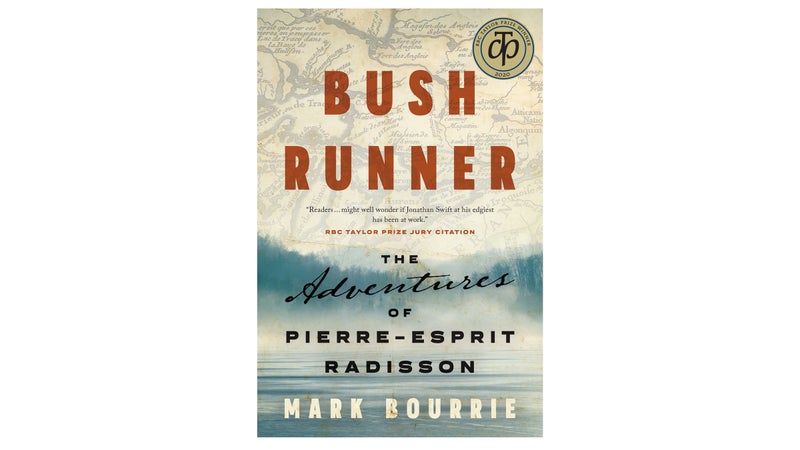
Whether they remember it or not, most Canadian kids get a quick intro to Pierre-Esprit Radisson and MĆ©dard des Groseilliers, a pair of 17th century French fur-traders, during their high school history classes. Theyāre famous because, after defecting to the English, they helped form the Hudsonās Bay Company, which played a massive role in the settlement of Canada. But it turns out that the history texts massively undersell the epic scope of Radissonās life, which includes being captured then adopted by a Mohawk family, double-crossing both the French and English multiple times, getting marooned by pirates in Spain, and being shipwrecked on the reefs of Venezuela. āHeās the Forrest Gump of his time,ā Bourrie writes. āHeās everywhere.ā And better yet, he wrote copious journals about his adventures. Stories about the early colonizers of North America resonateĀ a little differently these days, and Radisson was clearly no faultless hero. But (which picked earlier this year) gave me the most vivid picture Iāve yet had of life in that era.
āEndurance Performance in Sport: Psychological Theory and Interventions,āĀ edited by Carla Meijen
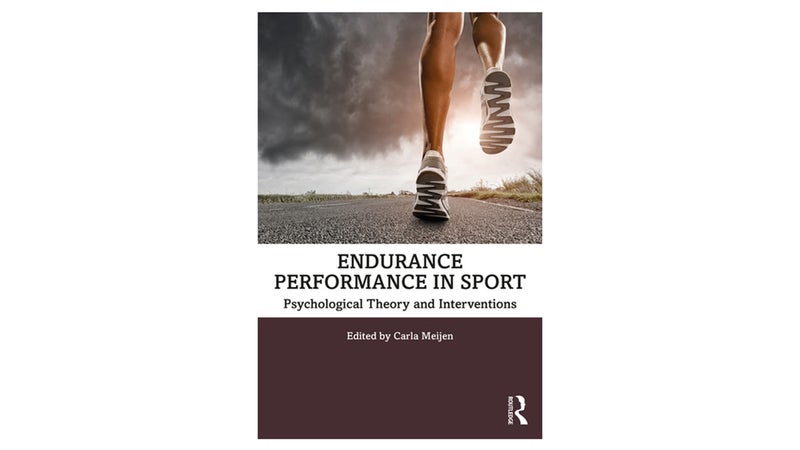
In , I explored the mindās role in defining our physical limits, and wrote about emerging evidence that psychological interventions like motivational self-talk can have a measurable impact on performance. After the book came out, I got a lot of questions about the best resources to put these ideas into practiceābut I didnāt have a good evidence-based answer at the time. , which includes contributions from some of the most prominent researchers in the field, fills that gap. It has plenty of theoretical background, and chapters and sample exercises on the most relevant psychological interventions for endurance athletes, including self-talk, mindfulness, visualization, goal setting, and attentional focus. To be clear, this is not a breezy pop psych bookāthe vibe (and price) are more textbook-y. But if you want to dig deep into the current state of knowledge about sports psychology for endurance athletes, this is the source.
āThe Moth and the Mountain,ā by Ed Caesar
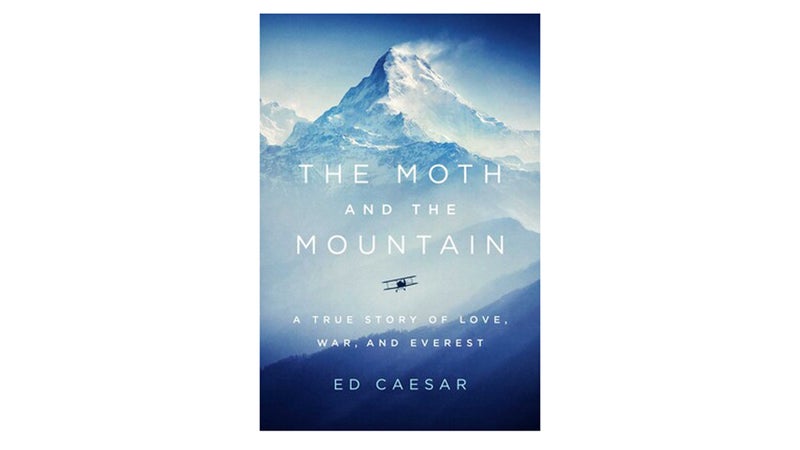
The capsule version of this story is: damaged British First World War veteran Maurice Wilson hatches a wildly unrealistic plan to fly a rickety biplane to the foothills of Mount Everest and climb to the top, and fails. Even on its surface, you can imagine that this might make for a decent time-capsule adventure storyābut in Caesarās hands, it becomes much more. If youāve read Caesarās 2015 book about the marathon, Two Hours, youāll have an idea of what to expect. Heās a beautiful and thoughtful writer, probing for meanings beneath the surface. And this particular turns out to have some unexpected significanceĀ for Caesar, whose father died in a helicopter crash when he was two. Check out for some background on the book and a taste of Caesarās prose, and for another take see Eva Hollandās review for ŗŚĮĻ³Ō¹ĻĶų.
āEverest: The First Ascent,ā by Harriet Tuckey
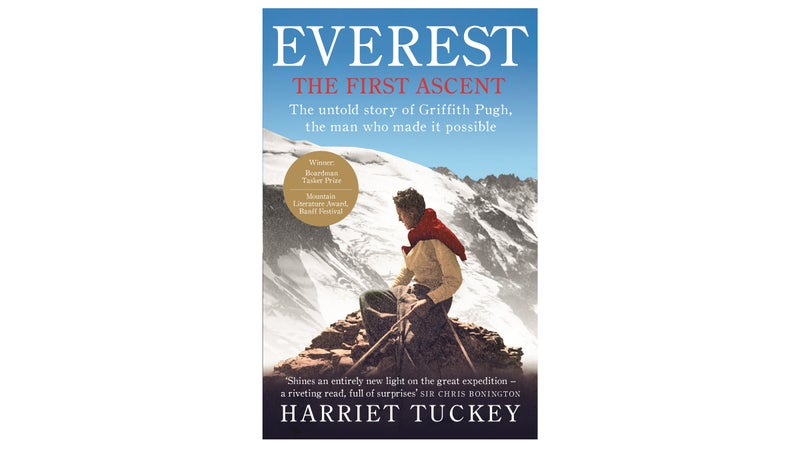
I know, I know, youāve read a billion Everest books. But if you havenāt read , youāre missing a big piece of what enabled Hillary and Norgay to succeed in 1953 when so many similar expeditions had failed before them. Itās an account of the work of Griffith Pugh, the prickly scientist who designed the oxygen gear, the acclimatization protocols, the diet, the down clothing, the boots, the tents, the stoves, and even the inflatable beds for the expedition. Itās also a window into the turbulent politics of the Everest expeditions, and of the culture clash of gentlemen amateurs with emerging scientific knowledge and professionalismāa clash that effectively wrote Pugh out of history. Itās written by Pughās daughter, but itās by no means an uncritical portrait. If the science of mountaineering interests you, this oneās a sure bet.
āRunning the Dream, by Matt Fitzgerald
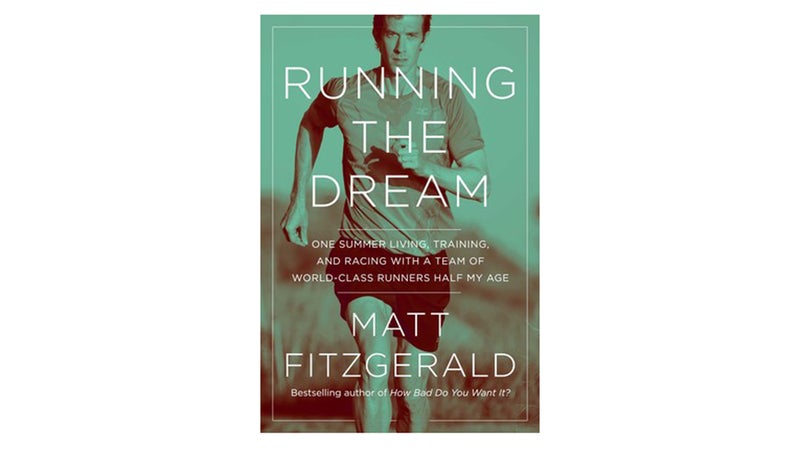
Narrowing my picks down to just one Matt Fitzgerald title in any given year is always a challengeāheās just that prolific. His newest book, published this month, is called , and it has taken on additional significance given that heās struggling with what he suspects is a case of post-acute COVID-19 syndrome. But my favorite Fitzgerald title of 2020 is actually , about the summer he spent training with NAZ Elite as a āfake pro athleteā in his mid-40s. Itās a fun, quick read with astute insights about what the pros do differently and the ways we unwittingly limit ourselves.
āYour Day, Your Way,ā by Timothy Caulfield
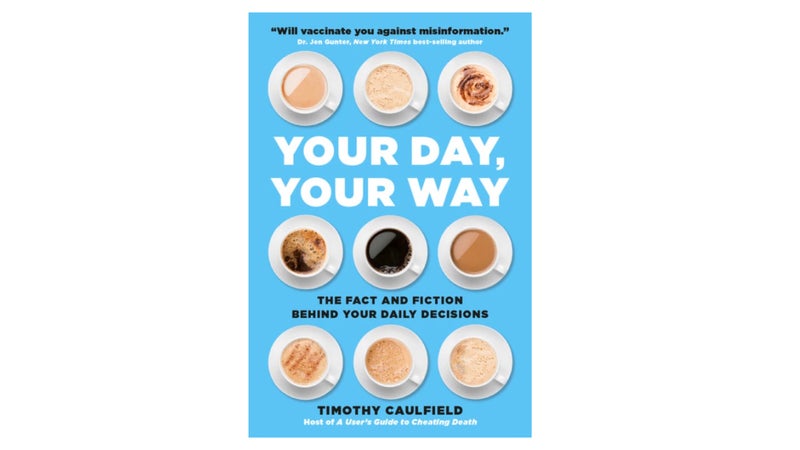
To be honest, I prefer the Canadian title for this book, , over the American one, . Caulfield is a Canadian academic and a prominent debunker of junk science: one of his previous books is called . His new book, whatever you choose to call it, is organized around the decisions you make throughout a given dayāwhen to wake up, what to eat for breakfast, whether to sit directly on a public toilet seat, and so onāexploring the various forces that shape our actions and the evidence that informs (or contradicts) them. But contrary to the vibe of the American title, heās not really telling us how to live. Heās encouraging us to dig a little deeper and understand how all these decisions have become so fraughtāand to chill out about them.
āRun the World,ā by Becky Wade
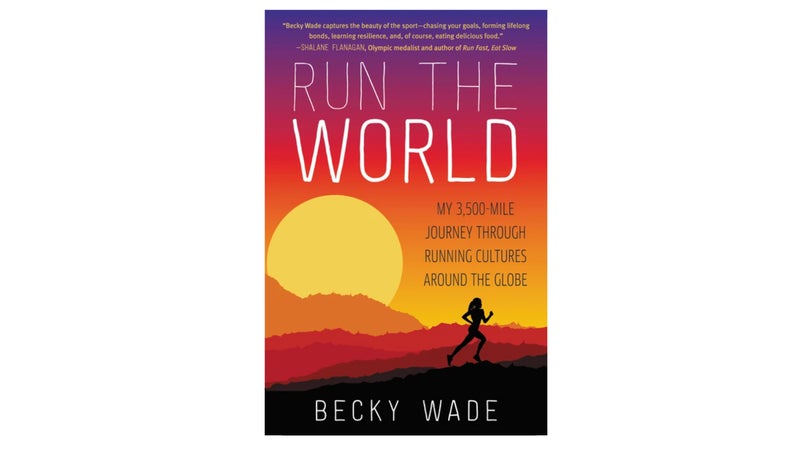
For a full year after graduating from Rice University, elite runner Becky Wade traveled the world immersing herself in far-flung running cultures, thanks to a Watson Fellowship. She ended up visiting 22 different countries, embedding herself with local running clubs and training groups in countries like Ethiopia, Japan, New Zealand, and Switzerland. The result was , a travelogue published in 2016 (yes, Iām a little late to the party), by which time she was a 2:30 marathoner pursuing a pro running career. These days, in addition to running, sheās also a freelance journalist, contributing to fine publications like this one. Sheās clearly got a lot of talents, and it turns out that one of them is making the right friends in foreign lands. Even though the timeline means sheās never in one place for very long, she manages to get deep enough in many of them to capture what makes each placeās running culture unique. If youāre a fan of Adharanand Finnās books, youāll enjoy this one.
āThe Splendid and the Vile,ā by Erik Larsen
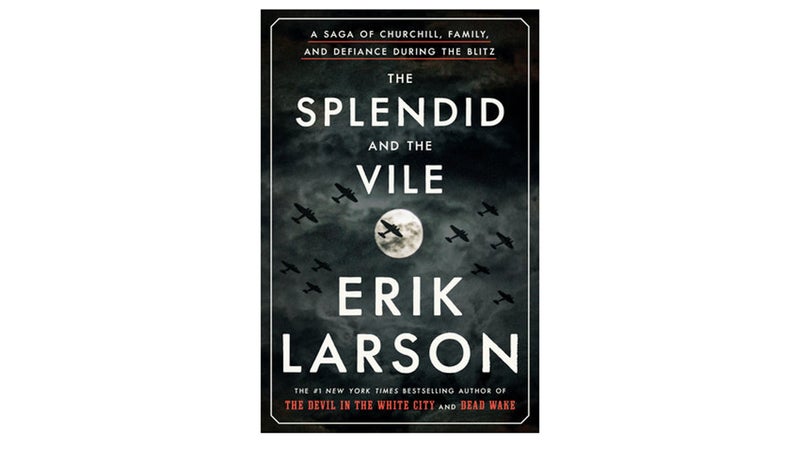
is a bit of a wild-card pick, but you could argue that itās a tale of endurance. Larsen zooms way in to provide a nearly day-by-day account of Winston Churchillās first 12 months as prime minister of Britaināa period that included the height of the Blitz and the most precarious moments of the Second World War. It was destined to be a bestseller no matter what, but the timing of its publicationālate February of this yearāsomehow lent it some additional resonance. That said, I donāt want to twist it into an allegory about leadership and collective sacrifice in times of crisis. The bottom line is that itās simply a great story well told, even though you know the ending. And those speeches!
Coming Soon
I also want to mention three titles that wonāt be released until after Christmas, but which are all worth putting on your radar.
The recurring catchphrase in Harvard anthropologist Daniel Liebermanās new book, (out on January 5), is ābut that makes total sense from an evolutionary perspective.ā Lots of things about fitness and health are puzzling: why, for example, are we so powerfully driven to laziness during the day when we know we ought to be exercising, and yet we struggle to get as much sleep as we āshouldā? But when we consider the environment we evolved in, these mysteries start to make sense. That doesnāt mean this is yet another manifesto for a caveperson lifestyle. (āAnother irritating extreme,ā Lieberman notes at one point, āare āborn-to-runners.āā) Instead, his message is a lot like Timothy Caulfieldās: we should stop obsessing and arguing over the single ārightā way of living, because neither evolution nor modern science provide one.
From the same corner of the scientific world comes Herman Pontzerās (out on March 2). The subtitle is a mouthful, but itās not as hyperbolic as it sounds: Pontzerās research really has offered a completely new perspective on how our metabolisms work. Heās an evolutionary anthropologist at Duke, and Iāve written about his research several times, most recently last year when he and his colleagues proposed that our digestive tracts dictate the limits of sustained multi-week endurance challenges. His most notable theory, sparked by measurements of Hadza hunter-gatherers in Tanzania, is that our metabolisms adjust to maintain a roughly constant level of calorie burn no matter how much we exercise. Iāve been skeptical about that idea, but was fascinated to read about it in the larger context of the many years of research he describes. Itās a great book about an active area of science, and itās also a fun read.
And one last book with an evolutionary take: ŗŚĮĻ³Ō¹ĻĶų contributor Michael Easterās is due out on May 11. What does it mean that we can now drift through life while almost never being too hot, too cold, too hungry, too physically exhausted, too dirty, or even too bored? Easterās voyage of self-discovery, told via an epic five-week hunting trip in the Alaskan backcountry, steers mercifully clear of evolutionary miracle cures and magical thinking. Instead, the book is a thoughtful exploration of how and why we might sometimes wish to seek out discomfort.
For more Sweat Science, join me on and , sign up for the , and check out my book .


